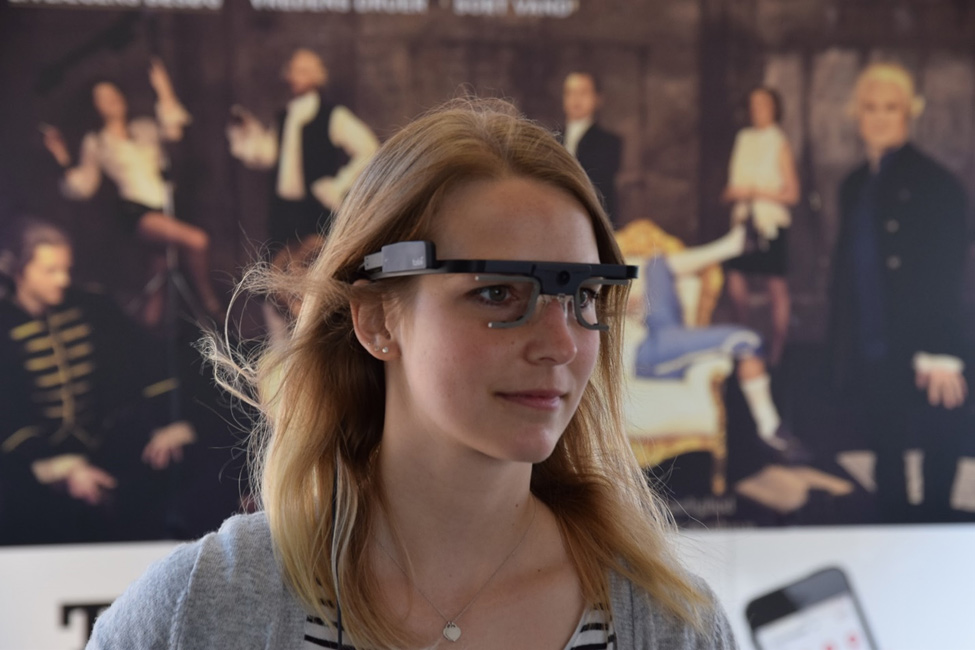
Eye-tracking technology is a fascinating field of study. By using eye movements and pupil dilation as indicators of thought, researchers can learn about how people process information—and even uncover hidden patterns in the way we think.
This tool allows us to understand more about our brains and minds than we ever have before. It’s the best way to get a complete picture of what a person is seeing, thinking, and feeling, so it’s no wonder that this technology has been used for decades in psychology experiments. This information gives researchers and companies like ours insight into how humans learn, process information, make decisions, and think in general [1].
Eye tracking can be used to measure cognition and attention. It is used for medical testing, especially for head injuries, as well as for mental disorders. It is also used to test cognitive function [2].
The technology uses light-sensitive cameras to detect the tiny movements of the iris.
The person being studied is shown various images or videos on a screen. The technology records their gaze point throughout this process, giving researchers insights into what they see, learn about themselves and others, and ultimately form opinions about.
This type of technology is used in many industries and is now also commonly used by psychologists and other researchers as a way to measure emotional responses [3].
The technology can be used to measure response to a variety of stimuli, including:
As a parent of an autistic child, you may have wondered why your child has trouble focusing on tasks, understanding social cues and emotions, and more [4]. Eye tracking technology can help you better understand the way your child processes information.
NASA is one of many organizations that use eye-tracking to assess cognitive performance. The agency uses this technology to evaluate its astronauts before and after space flight, monitoring their eye movements as they complete various tasks. Based on the patterns of their gaze, NASA can tell whether an astronaut’s brain function has been altered by prolonged exposure to microgravity and other factors of space travel.
NASA’s interest in the cognitive effects of space travel goes beyond its own astronauts—the organization also studies how humans adapt to living in reduced gravity environments (such as Mars), using eye-tracking technology during experiments on simulated missions.
NASA’s use of eye-tracking in astronaut selection and training is part of a larger trend. The technology has become popular among companies that wish to test applicants with high-stress jobs, like police officers or firefighters. This type of testing helps determine whether an applicant can handle pressure and stay calm under stress. In addition, the technology can be used to assess the cognitive abilities of military personnel before they are deployed overseas.
Anima is a combination of eye-tracking technology and personal analytics based on it. You can optimize your mental health by checking how you process visual information, how you’re reacting to what you see, how well your mind works, and much more. Anima’s primary goal is to empower you to live a happier life.
Your subconscious mind controls most of your actions and decisions. Yet, it’s not under your control in the way that you can understand its workings with your conscious thought.
Anima combines machine learning with eye-tracking technology to deliver a simple and convenient solution.
Anima allows you to understand your own state of mind, thus improving your concentration and focus and adapting more easily to everyday tasks.
We at Anima.help believe that improvement is the key to happiness. It boils down to this, if you do what you need to do well, then you will be happy. We help people identify their strengths and weaknesses by using eye-tracking technology for mental health assessment so that they can improve their deficiencies and live a happier life.